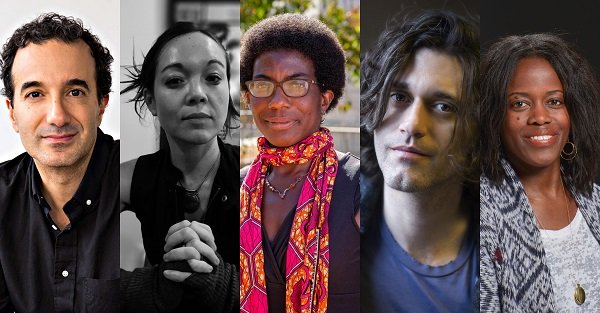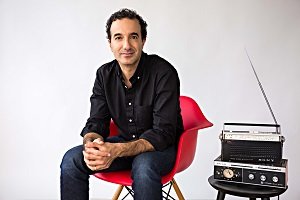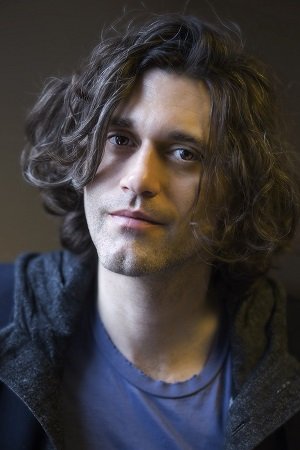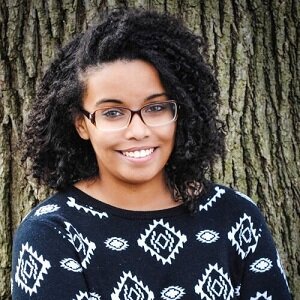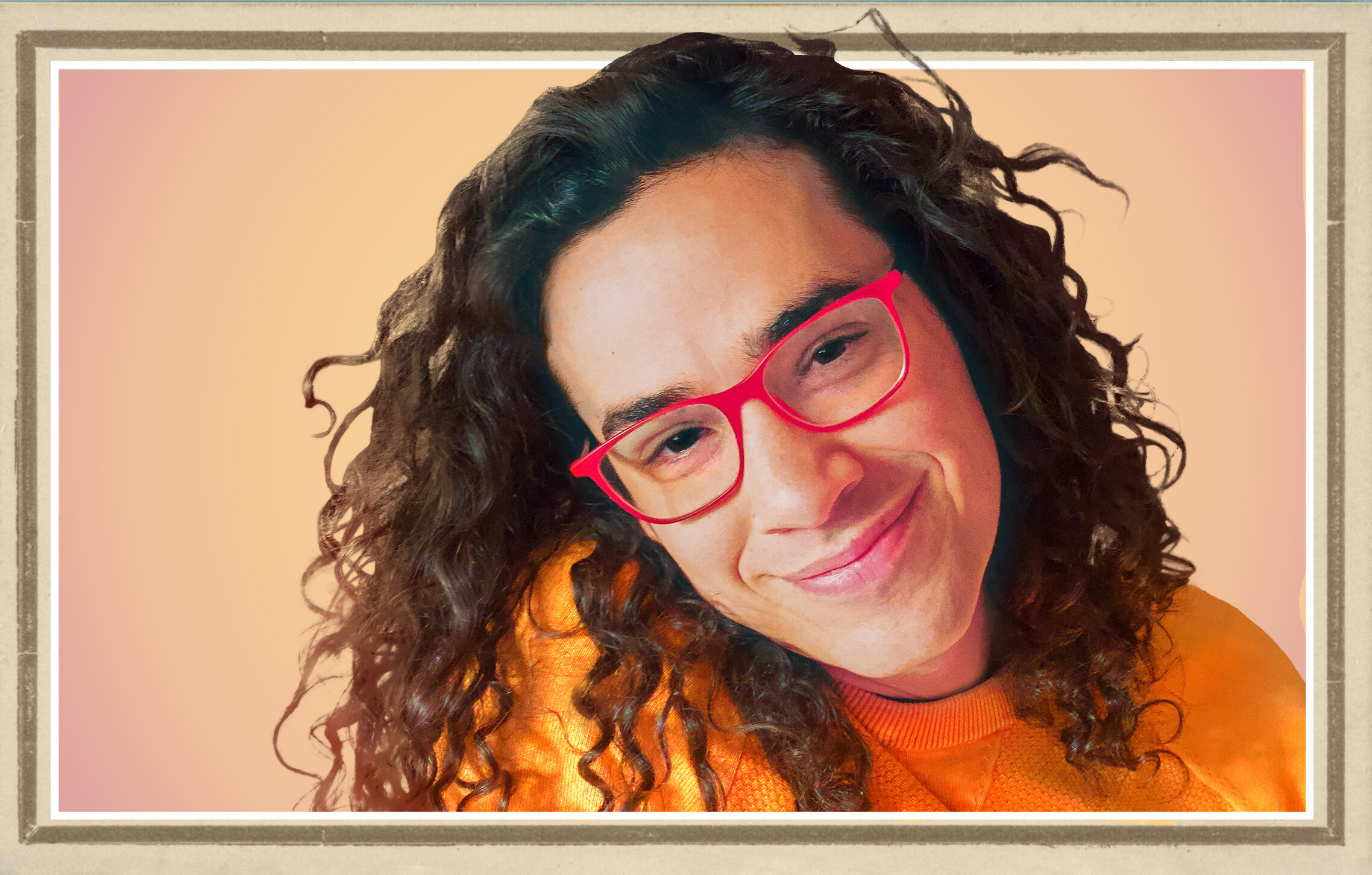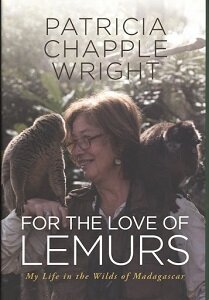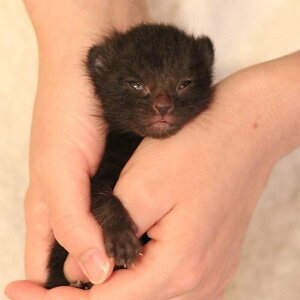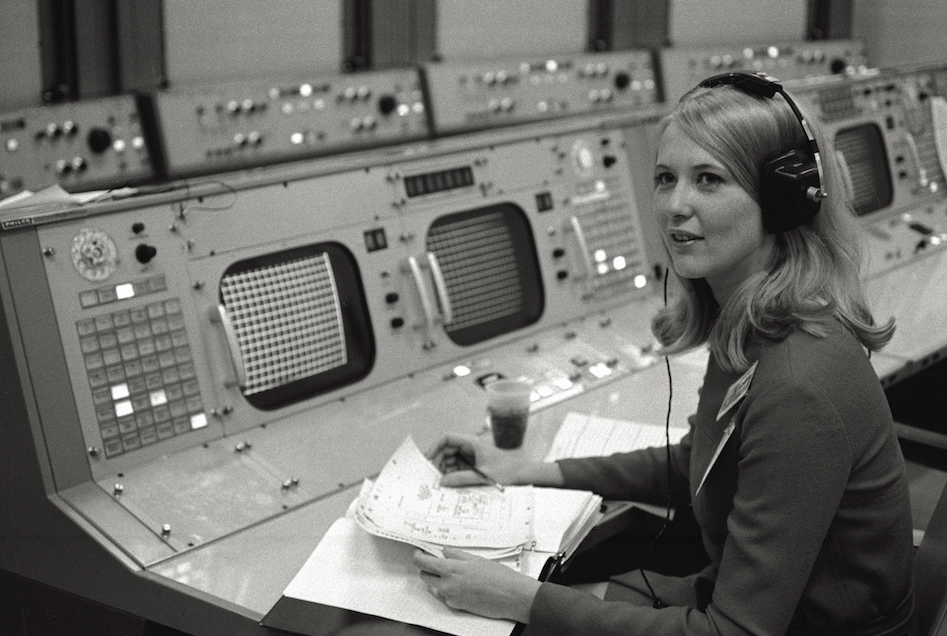WHAT MAKES A GREAT PLAY ABOUT SCIENCE?
“To stimulate artists to create credible and compelling work exploring the worlds of science and technology and to challenge the existing stereotypes of scientists and engineers in the popular imagination.”—this has been the mission of The Ensemble Studio Theatre/Alfred P. Sloan Foundation Science & Technology Project (EST/Sloan Project, for short) for the past 22 years. Over that time the EST/Sloan Project has awarded more than $3 million in grants to some 300 playwrights and theatre companies. More than 150 productions of EST/Sloan-developed plays have been mounted nationwide.
Every year the highlight of the EST/Sloan Project submission season is the Fall Artist Cultivation Event. At this eagerly anticipated event, a panel of scientists, science writers, and playwrights engages in a far-ranging and free-wheeling discussion with an audience of prospective playwrights about “What Makes a Great Play about Science?”
The 2022 Fall Artist Cultivation Event will be virtual this year and take place on Thursday, December 2 at 8 PM.
This virtual event will be held on Zoom and is free to attend for any playwright interested in developing a play about science or technology. Registration is required. Once registered, you will receive the event access link in your confirmation email. You can register here.
Applications for this year’s EST/Sloan commissions are currently open and will be accepted through January 15, 2022. You can view previous commission recipients on the EST/Sloan webpage.
Two related events culminate each EST/Sloan season:
1) The First Light Festival is a month-long series of readings and workshops that showcase plays in development, and
2) a full mainstage production of at least one work. Recent mainstage productions have included Behind the Sheet (2019) by Charly Evon Simpson on the enslaved women who as experimental victims launched the science of gynecology (a NY Times Critic’s Pick), BUMP by Chiara Atik (2018) on pregnancy and childbirth, SPILL (2017) by Leigh Fondakowski on the Deepwater Horizon disaster, Boy (2016) by Anna Ziegler on sexual identity, Please Continue (2016) by Frank Basloe on Stanley Milgram’s obedience experiments, Informed Consent (2015) by Deborah Zoe Laufer on scientific research and Alzheimer’s, Fast Company (2014) by Carla Ching on game theory and confidence games, Isaac’s Eye (2013) by Lucas Hnath on scientific method and rivalry, and Headstrong (2012) by Patrick Link on sports and concussions.
This year's Artist Cultivation Event panelists include:
Jad Abumrad is the host and creator of Radiolab, a public radio program broadcast on nearly 600 stations and downloaded more than 12 million times a month as a podcast. He employs his dual backgrounds as composer and journalist to create what’s been called “a new aesthetic” in broadcast journalism. He orchestrates dialogue, music, interviews, and sounds into compelling documentaries that draw listeners into investigations of otherwise intimidating topics, such as the nature of numbers, the evolution of altruism, or the legal foundation for the war on terror. Jad has won three George Foster Peabody Awards, and in 2011, he was honored as a MacArthur Fellow. He also created and hosted three seasons of More Perfect, a series about untold stories of the Supreme Court, which The New York Times called “. . . possibly the most mesmerizing podcast.” And in 2019, he co-created Dolly Parton’s America, a Peabody Award-winning nine-part series that explores a divided America through the life and music of one of its greatest icons.
Sam Chanse’s plays include Monument, or Four Sisters (A Sloth Play); Trigger; Fruiting Bodies; and What You Are Now (EST/Sloan’s 2022 Mainstage Production). Her work has recently been developed with The Civilians, Ensemble Studio Theatre, Ars Nova, NAATCO, Magic Theatre, Ma-Yi, and the Lark, and is published by Kaya Press (Lydia’s Funeral Video) and TCG (The Kilroys List). Commissions include NAATCO (Out of Time), Workshop Theatre, and EST/Sloan Project. She is a past fellow at MacDowell, the Lark Venturous Fund (Trigger), Cherry Lane Mentor Project (The Opportunities of Extinction), and Playwrights Realm (The Other Instinct), and an alum of New York Stage and Film’s inaugural NEXUS project, Ars Nova’s Play Group and the Civilians R&D Group. She has also received residencies from Sundance Theatre Institute, Djerassi, and SPACE at Ryder Farm. A native New Yorker, she served for some years as artistic director of San Francisco-based Kearny Street Workshop. She is a writer on ABC’s The Good Doctor, and has taught at Columbia University, NYU, University of Rochester, and elsewhere. She is a member of the Ma-Yi Writers Lab, Dramatists Guild, and WGAE, and a resident playwright at New Dramatists.
Karine Gibbs is a Jamaican American microbiologist and immunologist and an Associate Professor in the Department of Plant and Microbial Biology at the University of California, Berkeley. Gibbs’ research merges the fields of sociomicrobiology and bacterial cell biology to explore how the bacterial pathogen Proteus mirabilis, a common gut bacterium which can become pathogenic and cause urinary tract infections, identifies self versus non-self. In 2013, Gibbs and her team were the first to sequence the genome of P. mirabilis BB2000, the model organism for studying self-recognition. In graduate school at Stanford University, Gibbs helped to pioneer the design of a novel tool that allowed for visualization of the movement of bacterial membrane proteins in real time. In 2020, Gibbs was recognized by Cell Press as one of the top 100 Inspiring Black Scientists in America.
Lucas Hnath is the author of Isaac’s Eye, which EST produced as the 2012 EST/Sloan Mainstage Production and which won the 2012 Whitfield Cook Award. More recently, Lucas Hnath received a 2017 Tony Award nomination for Best Play with A Doll’s House, Part 2, which garnered eight Tony nominations—the most of any play in the 2016-2017 season—and a Best Actress win for Laurie Metcalf as Nora. His other plays include Hillary and Clinton, The Thin Place, Red Speedo, The Christians, A Public Reading of an Unproduced Screenplay About the Death of Walt Disney, and Death Tax. He has been produced on Broadway at the John Golden Theatre, Off-Broadway at New York Theatre Workshop, Playwrights Horizons, Soho Rep, and Ensemble Studio Theatre. His plays have also premiered at the Humana Festival of New Plays, Victory Gardens, and South Coast Repertory. He is a New York Theatre Workshop Usual Suspect, a member of Ensemble Studio Theatre, and an alumnus of New Dramatists. Awards: Whiting Award, Guggenheim Fellowship, Kesselring Prize, Outer Critics Circle Award for Best New Play, Obie Award for Playwriting, Steinberg Playwright Award, and the Windham-Campbell Literary Prize.
Mandë Holford is an Associate Professor in Chemistry at Hunter College and CUNY-Graduate Center, with scientific appointments at The American Museum of Natural History and Weill Cornell Medicine. Her research, from mollusks to medicine, combines chemistry and biology to discover, characterize, and deliver novel peptides from venomous marine snails as tools for manipulating cellular physiology in pain and cancer. She is active in science education, advancing the public understanding of science, and science diplomacy. She co-founded Killer Snails, LLC, an award winning EdTech learning games company. Her honors include being named: a 2020 Sustainability Pioneer by the World Economic Forum, Breakthrough Women in Science by the Howard Hughes Medical Institute and NPR’s Science Friday, a Wings WorldQuest Women of Discovery fellow, an NSF CAREER awardee, and a fellow of the California Academy of Sciences. Her Ph.D. is from The Rockefeller University, USA.
This year’s moderator:
Rich Kelley has served as the Science Press Liaison for The EST/Sloan Project since 2009. He also contributes interviews and blog posts to the EST/Sloan blog and creates panels for post-performance talkbacks. A book publishing veteran, Rich is currently VP/Strategic Partner with Bridget Marmion Book Marketing, where he specializes in content development, email marketing, online advertising, SEO, social media coaching, and website optimization.


